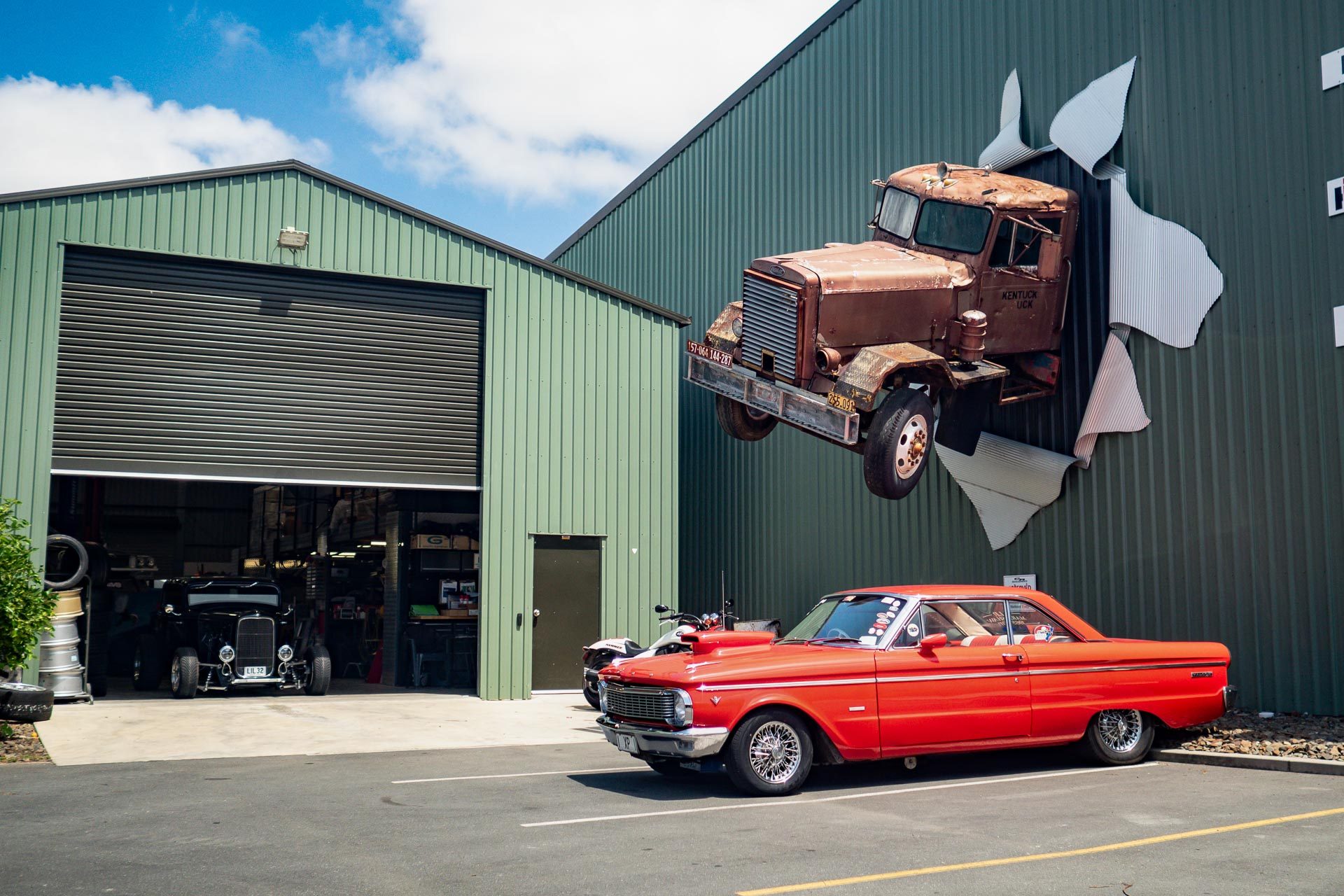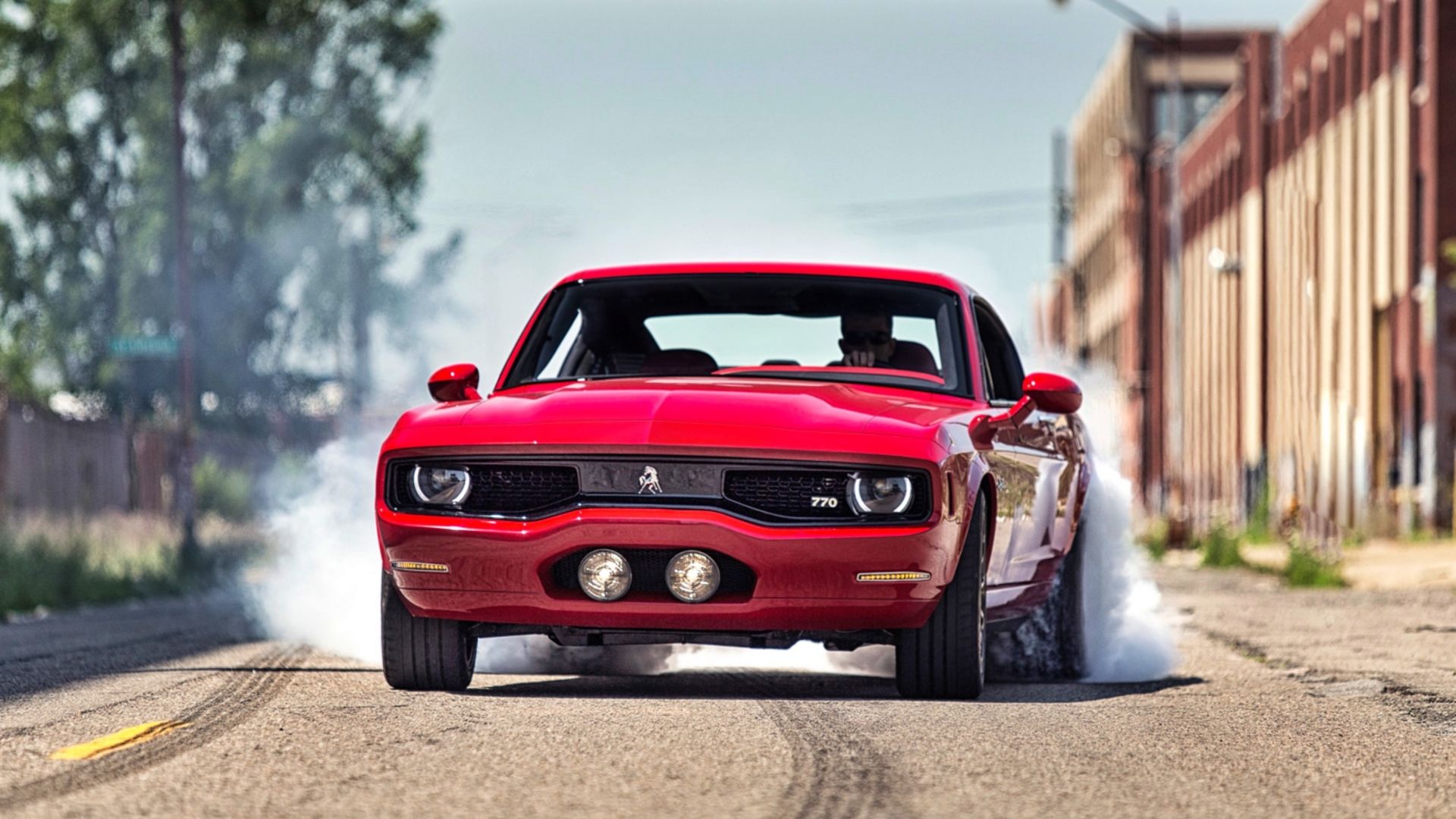The Orlando Potter Building is for me one of the best terra cotta realizations of New York City (and United States). This is a unique piece of art. Lay back, enjoy and take your time to discover all the details and complexity of its structure and keep in mind that it’s 120 years old.
This is another great building and location to sit and admire the beauties of New York City’s Architecture. Once you sit down on a bench in the City Hall park you are surrounded by buildings that made New York City history and don’t forget your binoculars because there is a lot to see .The Orlando Potter Building is a real beauty and has a lot of class, elegance and appeal, it’s also surrounded by prestigious buildings like the row park building (1 block north) that was until 1903 the tallest building in the world.
There was a beautiful and huge four story Post Office, beaux-arts style (picture 1910) on the corner of Broadway and Park Row Street that was demolished in 1938 because of a land-rights dispute between the city and federal authorities. The Post Office space was added to the city hall park for the 1939 World’s Fair.
On the south of the Orlando Potter Building is the city hall; Architecture beauty of it’s own, The oldest City Hall in the nation that still houses its original governmental functions, New York’s City Hall is one of the finest architectural achievements of its period (1803-1812). City Hall is a designated New York City landmark and its rotunda is a designated interior landmark as well. And of course right in front of the Orlando Potter Building is the Woolworth Building by Cass Gilbert, a world-class building and part of New York City’s glory and history. There is all around the City Hall Park great buildings that are to be discovered. Keep in mind that like in all New York City, what you see today is not the same landscape that was there when the Building and surrounding Buildings were built, many changes were made and are still made today. For example the First known edifice on this site was a brick Presbyterian Church by the American Architect John McComb (1763 – 1853) also will known for the New York City Hall. When the Presbyterian Church decided to build a new edifice uptown in 1856, the lot was divided in two and a trio of friends that included Orlando B. Potter bought the south lot for over $300,000 (that would be about $6.500,000 in today’s Dollars) As you can see New York City was already at the turn of the 20th century a healthy and valuable Real Estate city. The trio erected a five-story stone structure building known as The Park Building.
The newspaper “The New York World founded in 1860-toke office in the Park Building and then was called the World Building. January 31, 1882 a terrible fire destroyed the building completely and 12 people lost their lives. Orlando B. Potter was very criticized for the materials used because of the intensity and quickness of the fire. Orlando Potter felt guilt for the people that lost there lives in the tragedy and at the same time was a good businessmen and understood what needed to be done to turn the page on such an event he also lost over $200.000 above insurance and half of his income was lost. He focused on finding the proper materials (fireproof) so such a dramatic event would not happen again. It also created a public debate about the way buildings were built and with what type of materials. Remember that at the gilded age (end of the 19th century) an 11-story building was considered as a big building and was really the beginning of the skyscraper area based on engineering developments of the 1880 that had enabled construction of tall multi-story buildings. This definition was based on the steel skeleton–as opposed to constructions of load-bearing masonary. It’s sad to say but history already proven use that out of tragedies come remedies and it’s out of that tragedy that Orlando Potter found the materials to built a building that would be for that period a major step forward fireproof construction; brick, terra cotta and steel. He also proved that you don’t need marble or fine stones to make a masterpiece. The Potter Building is a masterpiece surrounded by the monsters in the neighborhood that attract people like magnets and leave the Orlando Potter Building unknown but it has no reason to envy them because of its outstanding Architectural concept, design and creation. Its meticulous details were finely crafted to create a masterpiece,
The Orlando Potter Building construction began in April 1883 and was completed in 1886. Architectural Historians give the name “Potter” to this building because Potter, Orlando Brunson, a Representative from New York; born in Charlemont, Franklin County, Mass., March 10, 1823; attended the district school, Williams College, Williamstown, Mass., and the Dane Law School, Cambridge, Mass.; studied law; was admitted to the bar in 1848 and commenced practice in Boston, Mass.; in 1853 he moved to New York in 1853 and worked in the development of a sewing machine business (Grover & Baker Sewing Machine Co.) were he was President until 1876; he was a prominent figure in the New York Democratic party but unsuccessful for election in 1878 to the Forty-sixth Congress; elected as a Democrat to the Forty-eighth
Congress (March 4, 1883-March 3, 1885); declined to be a candidate for renomination in 1884; member of the Rapid Transit Commission of New York City 1890-1894; died in New York City, January 2, 1894; interment in Greenwood Cemetery. (Source: Biographical Directory of the United States Congress, 1771-Present.)
Orlando Potter didn’t only find the material he wanted to use but also the right Architect for the job Norris G. Starkweather. Norris Garshom Starkweather, who signed his name N. G. Starkweather, was born Garshon Norris Starkweather in Windham County, VT in 1818. In 1830 we was an apprenticed to a builder and became a contractor on his own in 1845. Norris started his career as an Architect in Philadelphia in 1852 with Joseph C. Hoxie and became a full partner in 1854 but the partnership did not last and was dissolved the same year. Norris G. Starkweather started his own practice and was very active with church design. In 1855 he designed the First Presbyterian Church in Norristown, PA, The first Baptist Church in Camden, NJ (Camden is a town in New Jersey just on the other side of Philadelphia) and the first Presbyterian Church in Baltimore. Norris left Philadelphia of Baltimore in 1856 because of the Baltimore Presbyterian Church to supervise the construction that lasted 5 years. In Baltimore Norris was noticed and secured other commissions with villas and the remodeling of the Barnum’s City Hotel in Baltimore. In 1860 he appears in Washington D.C with an office. During the civil war period Norris is enrolled in the Sixth Regiment of Maryland Infantry, Company F. He is mustered August 27, 1862 and mustered out May 24, 1864. In 1868 he his back in Washington in partnership with a Philadelphia builder named Thomas M. Plowman. The partnership lasted until 1871 and from that date until 1881 Starkweather is listed by himself. Between that period several projects were accomplished like the Cooke’s Row, the remodeling of St. John’s Church in Georgetown, the Academy Building for the Convent of the Visitation.
In 1881 Norris G. Starkweather leaves Washington D.C for New York, opens an office with a young Architect named Charles E. Gibbs. They had there first office at 37 Park Row, moved to 822 Broadway from 1882 till 1884 and at 132 Nassau Street from 1884 – 1886 but in 1885 the partnership dissolved and Norris moved in at 325W 23rd Street. The major commission of the firm was the Orlando Potter Building.
Norris G. Starkweather died on December 18, 1885 prior to the completion of the Potter Building and was buried in Bridgeport, Connecticut.
The Orlando Potter Building Is smaller than it’s prestigious neighbors but has an appeal of it’s own. With only 11 stories high it really attracts the eye. The massive (black bottom) red brick and terra cotta colored brownstone makes the building looks like an intrusion in the landscape because of its black bottom, red color and Architectural styles. I put styles with a “s” because of the different styles that were used; several architectural historians call it the “Queen Ann style” but it is more a beautiful mix of Renaissance Revival, Colonial Revival and even Neo-Grec It is a great example of the Brick and Terra Cotta durability, for over a century it has withstood New York’s extreme weather cycles and still required no restoration for 100 years. The black bottom is a cast iron structure covered with bitumen to avoid premature rusting. The building sits on a half block and two corners from Park Row Street, Beekman Street and Nassau Street. It has on the ground level stores all around and a total of 59 apartments with the entrance at 145 Nassau Street. The front façade that was and is made to be seen from Park Row Street is a remarkable piece of art and detail work. The building looks quite simple but the more you observe it (with binoculars) more you realize its complexity with different fenestration patterns at each floor, a lot of brick patterns of all shapes that give a sense of complicity
The materials used were:
Cast Iron and Iron: the two first floors are covered of cast iron that matches the upper style. The Ironwork for the façade and building was performed by five suppliers: J.M. Duclos – Co (New York City). The company’s logo is stamped on the Iron Work on the bottom corner of Beekman Street and Park Row Street; J.M. Duclos Co that accomplished the façade and H.W. Adams. Jackson Architectural Iron work and Lehigh Iron Co. that worked on the interior structure. The floor beams and roof beams are of rolled iron and the floors (except the basement) are iron girders. The interior framing is in iron with interior hollow cast-iron structural columns that are encased in wire netting covered with fire brick and plaster and flanged wrought-iron joists, set through the brick walls, carry wrought-iron beams.
Take you binocular and look at the face bricks in detail and you will see an enormous variety of brick shapes that you won’t see elsewhere. It is a real piece of art.
Common brick: Common brick, also known as backing brick or bonding brick, is a less expensive and less finished brick intended for interior usage in thick brick load-bearing walls or on the less-visible portions of buildings. It is often found on the sidewalls that abutted the walls of neighboring buildings in closely packed urban blocks.
Face Brick: Face brick is a kiln-burned brick with a smooth surface, intended for the visible portions of buildings. You will see a lot of shaped face bricks from radial, angular, hinge, coping, conical…
Engineering brick: Engineering brick is a strong, dense brick used for heavy construction such as sewers and foundations.
Brownstone colored Terra Cotta: baked clay of any shape (in molds) Terra cotta is hard, semi fired, waterproof ceramic clay used in building construction. Used mainly for wall covering and ornamentation as it can be fired in molds. Oftentimes, white or colored glaze is applied on the face of the brick. Terra cotta is widely used in the decorative arts, especially as an architectural material, either in its natural red-brown color, or painted, or with a baked glaze. Architectural terra cotta became very popular at the turn of the 19th – 20th century. From 1900 to 1912 the US production of terra cotta quadrupled. Atlantic Terra Cotta Company was one of the important producers and its output accounted for 40% for of the terra cotta market in New York City. By 1908 Atlantic Terra Cotta Co. was the largest producer of Architectural terra cotta in the world with four plant including Rochy Hill, New Jersey; Staten Island, New York; Eastpoint, Georgia; and especially Perth Amboy, New Jersey that was famous for its perfect texture for making terra cotta.
In the case of the Orlando Potter Building, Norris G. Starkweather used brownstone terra cotta from The Boston Terra Cotta Co. that was in business from 1980 till 1893, they were one of the first terra cotta companies on the east cost mostly serving Boston, Chicago and New York City. The Boston Terra Cotta Company used the Orlando Potter Building in its 1885 catalogue to promote their work, demonstrating the load bearing strength in which the terra cotta was integrated into the exterior brick bearing walls. A total of 540 tons was used (over 1,000,000 pounds) The Boston Terra Cotta Co superintendent James Taylor (1839-1898) that was considered as “the father of the American Terra Cotta.” His work as of today is considered as masterpieces of Terra Cotta.
In his hands the ordinary terra cotta was worth its weight in gold. James Taylor was frequently in New York supervising the work preparation of the terra cotta for Orlando Potter’s building and had a lot of opportunities to meet Potter himself who always followed the construction of his buildings. Potter and Taylor got along well together and seeing the rising needs and demand for terra cotta in New York City Potter decided to create his own Terra Cotta Company “The New York Architectural Terra Cotta Company.” that was created in January of 1886 with Walter Geer and Asahel Clarke Geer. James Taylor was hired as superintendent and worked for the New York Architectural Terra Cotta Co until his retirement in 1893. The team was perfect to create the finest in terra cotta in the United States. The New York Architectural Terra Cotta Co. was the only major architectural terra cotta company in New York City and it grow to be one of the biggest in the United States but all things have an end and the demand for terra cotta started to decline in the end of the 20’s and the company went bankrupt in 1932 because of the lost of interest in terra cotta, a change in style and in materials.
Description of the Orlando Potter Building.
The first impression depends on how far you are from the building and the time you want to spend looking at it. If you’re far from it the first thing that surprises you is its red color that contrasts with its neighbor, it’s also small compared to the well-known buildings surrounding it. Once you start getting closer to it; forms start appearing, start growing from its facades, the building starts to show you it’s ornamentals terra cotta that first looks fused in the brick patterns (and they do make fusion with the mass). The classic approach is from Row Park (street) right in front of City Hall Park. From there you see 2 faces of the building (Row Park – Beekman Street) with the third hidden in the back (Nassau Street) from there it looks like a corner building and not a half block building. Take advantage of the City Hall Park, chose a nice bench in front of the Potter Building and observe bottom to top. It is an eleven- story building with two basement stories. On Park Row the façade is 115 feet long, on Beekman Street it is 150 feet and on the Nassau Street side it is of 89 feet. The Beekman and Nassau is a 90-degree angular corner and Park Row and Beekman is a 60-degree angular corner.
The black ground level (base) and first floor is the cast iron façade floor. The black is anti-rust to protect the iron from premature rusting. It matches very nicely the upper styles. It is a very nice work that diminishes the coldness and impersonality of the iron. It give an impression that the iron was molded to an under structure. It is one of the rare survivors of the cast iron facades that you can still see in the United States (Not only rare but complex). The original ground level was shop fronts but was altered several times over the years. Originally the shop fronts were framed with thin cast iron colonnettes with a display window. The entrance to the elevator lobby was on Park Row north; it had double doors, shallow steps and columns supporting a heavy broken scroll pediment. It was removed in 1941 and a shop was installed using a portion of the elevator lobby. On the center façade of Beekman Street was also an entrance with a triple arched portico with a projecting pediment supported by bracketed columns. In 1912 this entrance was altered and converted into a shop. On Nassau Street the north end was the original entrance of the elevator lobby that is now entrance of the residential apartments. At the construction of the building there were about two hundred offices on the upper levels. Today there are a total of 59 Apartments.
Above the cast iron bottom section starts the body section with it’s six stories. If you take a good look at the building there is a very nice harmony and progressive complexity in the ornamental terra cotta and brick patterns.
The body section the piers between the double windows has a nice brick pattern with hinge bricks on the corner pier and hinge bricks in the middle of the columns on the two first floors. The piers also are bearing members and contain flues to exhaust the fumes of the furnaces, on the top of each piers – flue is a chimney finished in terra cotta ornamental motifs. If you look at the window perimeters and you will also notice cove bricks. As you start observing you discover all this brick patterns that give a nice appeal and a certain research of complexity. Each windowsill is in cast iron, between each window the brick column lays on a terra cotta block. At each floor the window pattern is different to give it an imperceptible increase in complexity. The lintel of each window is in ornamental terra cotta with motifs of different style at each floor; the brownstone color matches very nicely the brick color and give an impression of unity. On each floor you will discover brickwork that makes this building so unique. Just look over the first brick floor lintel, a nice brickwork that progresses and modifies floor by floor with a research of “simple” complexity. I like to call it simple because you need to observe and pay attention or you will not see and notice all the building has to offer.
The Trio Norris G. Starkweather (the Architect), with the help of Orlando B. Potter (the owner) and James Taylor (Boston Terra Cotta Company) did some intense research in the brick patterns and ornamental terra cotta that makes this building a real masterpiece.
In 1992-93 An exterior restoration and cleaning was performed by Siri & Marsik (architects) and Henry Restoration who did an overall repointing, patching of terra cotta and some brick replacement. Almost 15 years passed by and it looks like the restoration was done yesterday. The worst enemy for terra cotta and bricks are the pollution. The pollution erodes and darkens all type of materials and is a concern for our Architectural heritage in many large urban center
On the fourth floor (2nd brick face floor) over the lintel is a nice decorative terra cotta arch. On the same level (height) of the arch, on the pier you can see a very nice decorative terra cotta with a flower motif, If you have binoculars look at the motif you can see small dots in the terra cotta that represent the stems – nervure of the flower. If you don’t have binoculars look at the picture on page 7. Once again it shows the quality of the work. On the fifth floor over the pier window the terra cotta is a dragon with nice details. (See picture page 8) from they’re until the eighth floor, nice brick patterns and terra cotta and this all around the three facades (Park Row, Beekman Street and Nassau St.) On Beekman Street there is a U shape light court in the center of its façade that starts from the third floor to the top of the building, this was a common practice at that time to get a maximum day light in the building and offices. Remember that the building was build in 1883 and that the electric incandescent light bulb was perfected (by Thomas Edison) in 1880 just 3 years before the building was built. but gas lighting was a mature, well-established industry. The gas infrastructure was in place, franchises had been granted, and manufacturing facilities for both gas and equipment were in profitable operation. Perhaps as important, people had grown accustomed to the idea of lighting with gas.
The two last stories:
Are very worked in the brick patterns with a lot of different brick shapes and terra cotta. It was done with a lot of proportions. The primary three quarter round corner column (corner of Park Row and Beekman street) has a prominent pinnacle. Right behind the corner column in the dead angle is a flue from bottom to top that was made to exhaust the furnace gases to chimneys concealed by terra cotta finials. The piers of the eighth story have stylized terra cotta composite capitals (see picture bellow) with the Park Row and Beekman corner one very impressive in the details and quality, complexity of molding with an eagle in the centerpiece (see picture above). This structural setup gives an impression the last upper floors are resting on the piers and capitals wit the top window arches making liaison between the capitals. Above the ninth floor are corbels surmounted of a terra cotta cornice that give an impression of supporting the two last floors. The last floor is the only floor with arched windows. In the middle section of the eleventh floor, little alternate bays are surmounted by pediments. Two ornamental pinnacles erect from the mid section on each façade. On the roofline are terra cotta broken scroll pediments and urns.
The Orlando Potter Building was completed at a cost of $1.2 million (about $30 million in today’s dollars.)
At the time the building was completed several newspapers severely criticized Orlando Potter and the Architect Norris Starkweather. The Record & Guide was probably the most aggressive stating, “All the good work that has been done in recent architecture has been thrown away on the designer of the Potter Building which is coarse, pretentious, overloaded and intensely vulgar”
It is a fact that fine Architecture and Architects are like painting masters, and most of them die even before being recognized and going into prosperity.
The Orlando Potter Building is and will be one of the finest brick-terra cotta realizations of the 19th century.






More Stories
Home Insurance Reviews
House Insurance Quotes: Understanding Coverage and Choosing the Right Policy for Your Lifestyle
Why Do We Need an Insurance for Our Vehicle?